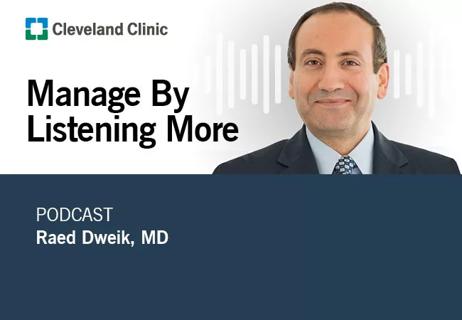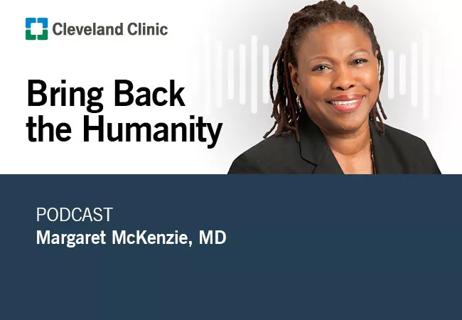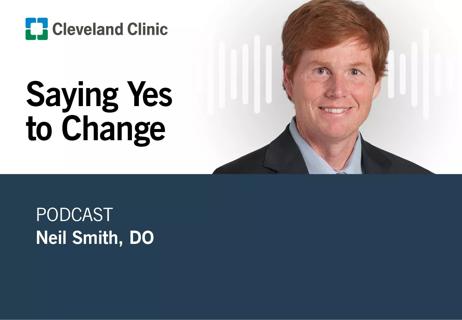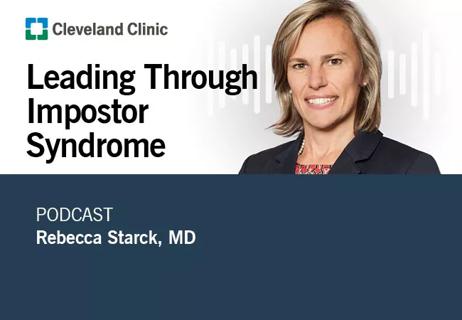A Q&A with Cleveland Clinic Florida COO

In January 2019, Cleveland Clinic Weston Hospital welcomed two new Florida hospital systems into the fold, going from 155 beds to 1,054 beds in three months’ time. The southeast Florida Indian River Medical Center in Vero Beach and the Martin Health System in Stuart officially became part of the Cleveland Clinic health system following months of regulatory review and approvals. Now, more than half a year into the integration, CQD talked to Osmel Delgado, Chief Operating Officer at Cleveland Clinic Florida, to learn more about how the merger has changed the face of healthcare in southern Florida.
Cleveland Clinic is a non-profit academic medical center. Advertising on our site helps support our mission. We do not endorse non-Cleveland Clinic products or services. Policy
Initially, our new hospital systems continued all operations, services and programs as planned. With the goal optimizing patient care, one of our first tasks was to conduct cultural assessments of the new systems along with our existing Weston Hospital. We did this with the help of our colleagues in the Mandel Global Leadership and Learning Institute. We used the Organizational Culture Assessment Instrument (OCAI), and were pleased to learn that we are culturally aligned with many of the attributes within the four main cultural archetypes of an organization, which are: Create, Collaborate, Control and Compete. Knowing these archetypes gives us the ability to understand the nuances that are reflective of our different markets. We learned that our Weston location in Broward County, where there are more than 15 acute care hospitals, tends to have more of a competitive culture than Martin Health and Indian River. However, all three organizations were aligned with a drive toward a collaborative culture.
I think being present and transparent are the key leadership traits needed in this process. It is extremely important for the new organizations to feel that the leadership team is present and can understand the challenges each individual hospital and/or ambulatory site faces. This cannot be done from an office. Wael Barsoum, MD, our CEO and president, immediately launched leadership rounds at each hospital, which required our leadership team to be present. It’s about building trust, and I continue to make sure that I am visible, available and direct in my communications with our new hospital systems.
Our Strategy Office, led by Buket Huber, has led the integration efforts across all the hospitals, and it has been a true collaborative effort with Weston, Martin, Indian River and our colleagues in Cleveland. We want to build a culture of safety and high reliability. We are prioritizing projects, and there are many stakeholders. We are agile, but many of our operational capabilities involve an architected plan that will take some time to implement. By building relationships and committing resources, we are moving in the right direction.
The process has been personally exciting for me with an influx of talented people into Cleveland Clinic. Communication has been constant, and at this point we are calling our colleagues directly with any questions we may have. We also meet regularly at each of our hospitals.
We faced some challenges with vaccine supplies as we encountered a hepatitis A outbreak in Martin County. Our team’s ability to mobilize and provide over 6,000 vaccines in a timely fashion for our patients, caregivers and the community was critical. One of our challenges – and successes – in being able to meet the demand was to coordinate care closely across a vast distant region working with colleagues from Supply Chain and Pharmacy in Cleveland.
The greatest challenge is recognizing how we can continue to take costs out of our healthcare delivery system, while maintaining the absolute best outcomes for our patients. This new growth is expanding our footprint in a highly competitive state, and it will enable us to find efficiencies that we simply did not have the ability to capitalize on when we were a single hospital.
Cleveland Clinic is a worldwide brand. Our growth in Florida gives us the ability to expand access to our world-class care. The state of Florida is expected to increase its population in the next 10-15 years from both domestic and international regions. We have many who come to us from the Caribbean, Central and South America simply because of our geographic location. We look forward to being able to reach more patients across the globe.
Leadership programs developed by Cleveland Clinic encourage innovation and create projects that have positive institutional impact. For more information on Cleveland Clinic Global Executive Education contact the team online at clevelandclinic.org/execed.

A Q&A with organizational development researcher Gina Thoebes

Cleveland Clinic transformation leader led development of benchmarking tool with NAHQ

Raed Dweik, MD, on change management and the importance of communication

Small business owners expand their networks and gain new insights

Leadership pearls from Margaret McKenzie, MD, hospital vice president

Successful communication means meeting listeners where they are

Hospital president followed his instincts to new opportunities

A team of supporters can help build confidence